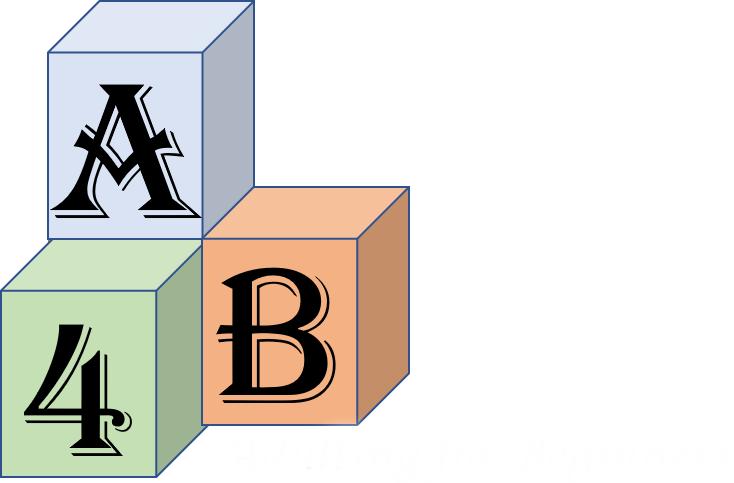You must have realized that making money and spending it is one of the hallmarks of freedom for a young adult. However, this very joyous reality could quickly become the very source of a sudden self-inflicted pain for some people. Why?
Becoming an adult means you are now in charge of everything in your life: no more overbearing presence of your parents or older siblings. Simply put, you are now calling the shots! However, you may suddenly learn that adulting is a daunting process because it requires certain skills, which you might not have presently. One of the skillsets for a successful adult life is knowing how to manage your income and expenses. Knowing how to budget would save you a heartache.
Except for persons born with a silver spoon in their mouths, the chances are that your income is less than what you need to pay for everything that makes you happy, especially during your early years of adulting. So, the 50/30/20 rule may be unrealistic at this stage of your life. Nonetheless, the concept is not unattainable. If done right with the principles adhered to diligently, this rule would prevent your debt from getting out of control. This is the first step towards a debt-free lifestyle.
To attain your goal of living within your means, first you should differentiate your needs from your wants. Once these have been clearly identified, you can move on to the next step – budgeting. Budgeting entails allocating portions of your income to specific expenses, and the secret to a successful budgeting is the prioritization of your “must-pay” bills (needs) over your “nice to have” expenses (wants).
To attain your goal of living within your means, first you should differentiate your needs from your wants. Once these have been clearly identified, you can move on to the next step – budgeting.
Depending on what stage you are in your life’s journey, your income typically consists of your salary, stipends, or other forms of allowances you may receive regularly. However, it is your net income that is the starting amount used when preparing a budget.
In an ideal situation, your income should be sufficient to take care of your must-pay bills. Thereafter, you may spend some of what is left of your income on other things that make you happy: “optional bills.” These are expenses you can do without and still live comfortably – wants. Some items that fall into this category are dinning out, subscriptions for magazines and premium cable channels, habitual shopping for nick knacks and fancy things you do not truly need etc.
Lastly, you want to deliberately set some funds aside for savings and investments instead of putting all that is left after must-pay bills are taken care of into optional bills. Savings could be in the form of cash in a savings account or investments. See A4B article, “Saving with a purpose” for more on this topic.
Considering the above, you need to keep in mind that, sometimes, you may have more requirements than you can currently afford financially due to your income level. Should that be the case, think about looking into additional sources of income to cover those additional must-pay bills should you find yourself in such a predicament.
An example of a budget is as follows:
Salary $3,000
Subtract Must-pay bills:
Rent $1,000
Groceries $200
Utilities $250
Gas $200
Insurance $180
Cell Phone $120
Student Loan $300
Credit Card $250
Total ($2,500)
$500
Subtract optional bills:
Dining out $100
Cable $100
Magazines $20
Total ($220)
$280
Subtract Savings & Investments:
Savings $150
Investments $100
Exp pay off debt $30
Total ($280)
-0-
Click here for a free Budget Tool spreadsheet

